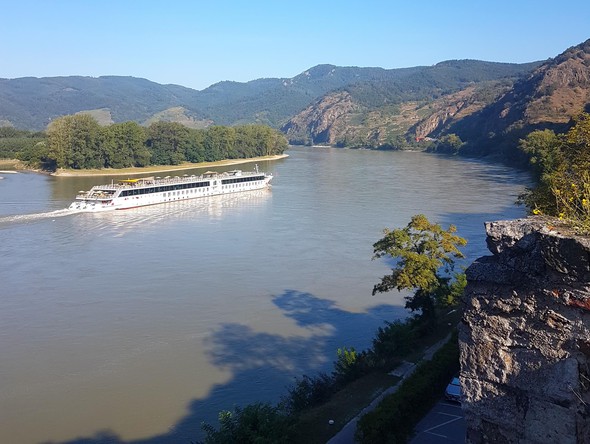Early September is the traditional time for the marathon tasting of single-vineyard wines at the Austrian Single Vineyard Summit held at Schloss Grafenegg. Now in its 11th year, it has grown to include an increasing number of Östereichische Traditionsweingüter (ÖTW) member regions - Kamptal, Kremstal, Traisental, Wagram, Wien and Carnuntum. Single-vineyard wines from the Steirische Terroir & Klassik Weingüter (STK) in Styria and the Burgenland – Leithaberg and Eisenberg – were added several years ago, and last year Vinea Wachau joined the party. The latter’s tasting takes place on the terrace of the magnificent Schloss Dürnstein in the heart of Wachau.
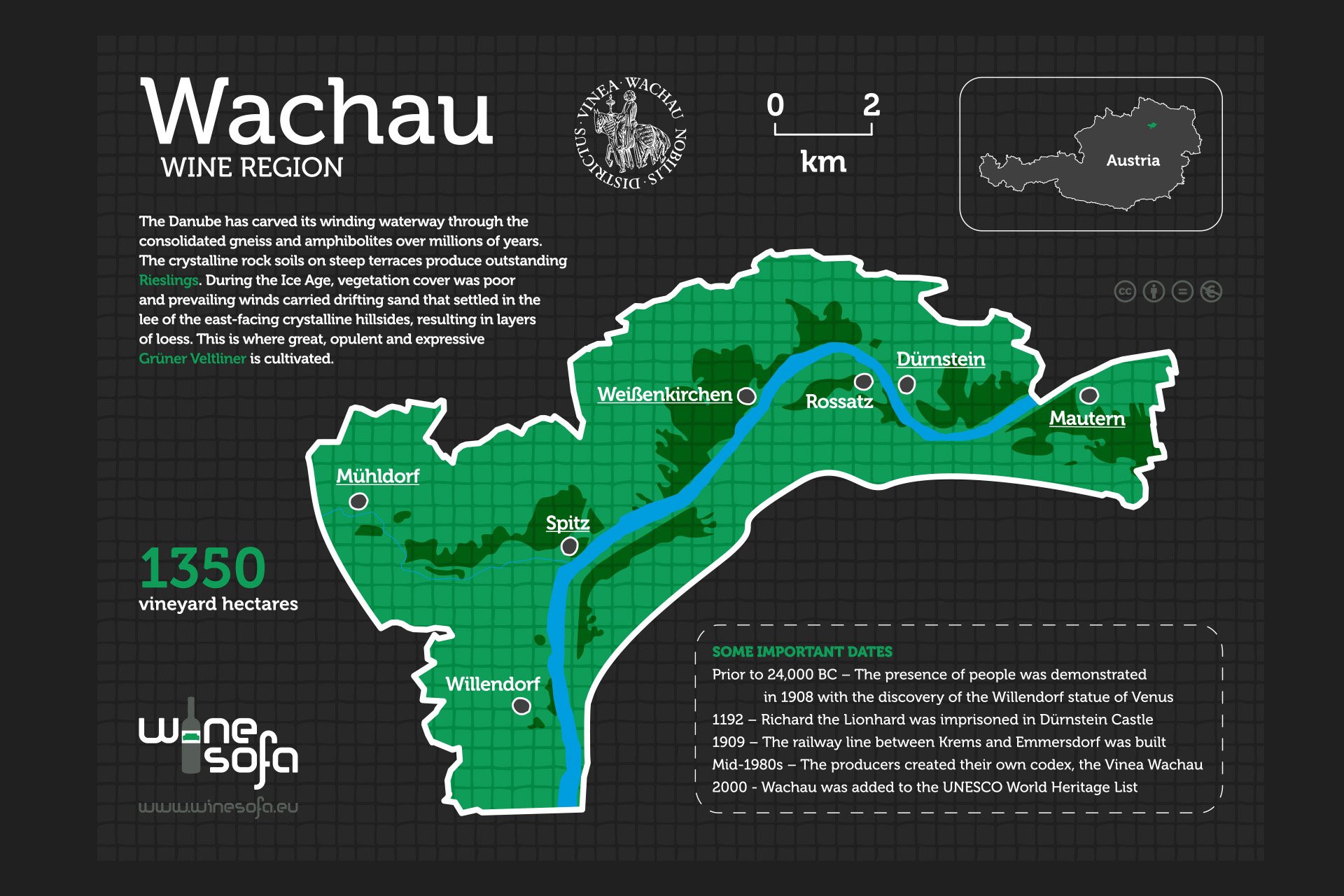
Plan your own wine discovery odyssey through Austria
If your idea of fun is to taste your way through over 500 wines in the course of a week, like mine is, then this is the place for you. Seriously though, it is a great opportunity to taste some of Austria’s top wines, get a thorough understanding of what Austrian wine is all about and discover its best varieties and most prestigious vineyard sites through their single-vineyard wines. Of course, you don’t have to taste everything, and you have a lot of scope to organise your own itinerary, as you order your wines in batches of six and can select the wines by vineyard, producer, terroir, variety or whatever you choose. The wines will be brought to your tasting table by representatives from the wineries.
Life is hard in the mountains!
Begin your journey of discovery by traversing the hills of Styria though outstanding vineyards like Ried Buch, Hochstermetzberg, Moarfeitl, Lentschach and Kirchleiten and tasting its diverse white varieties, led by Sauvignon Blanc, Morillon aka Chardonnay, Weissburgunder, Grauburgunder, Gelber Muskateller, Welschriesling, Traminer and Riesling. Then head towards Vienna and take in the Thermenregion on the way. Here you can discover local specialities like Rotgipfler and Zierfandler as well as Chardonnay from top sites such as Ried Kreuzweingarten and Tagelsteiner.
Producers to try:
- Styria: LacknerTinnacher, Sattlerhof, Tement, Erwin Sabathi, Neumeister
- Thermenregion: Leo Aumann, Weingut Alphart, Stadlmann, Winzerhof Landuaer-Gisperg, Weingut Heinrich Hartl
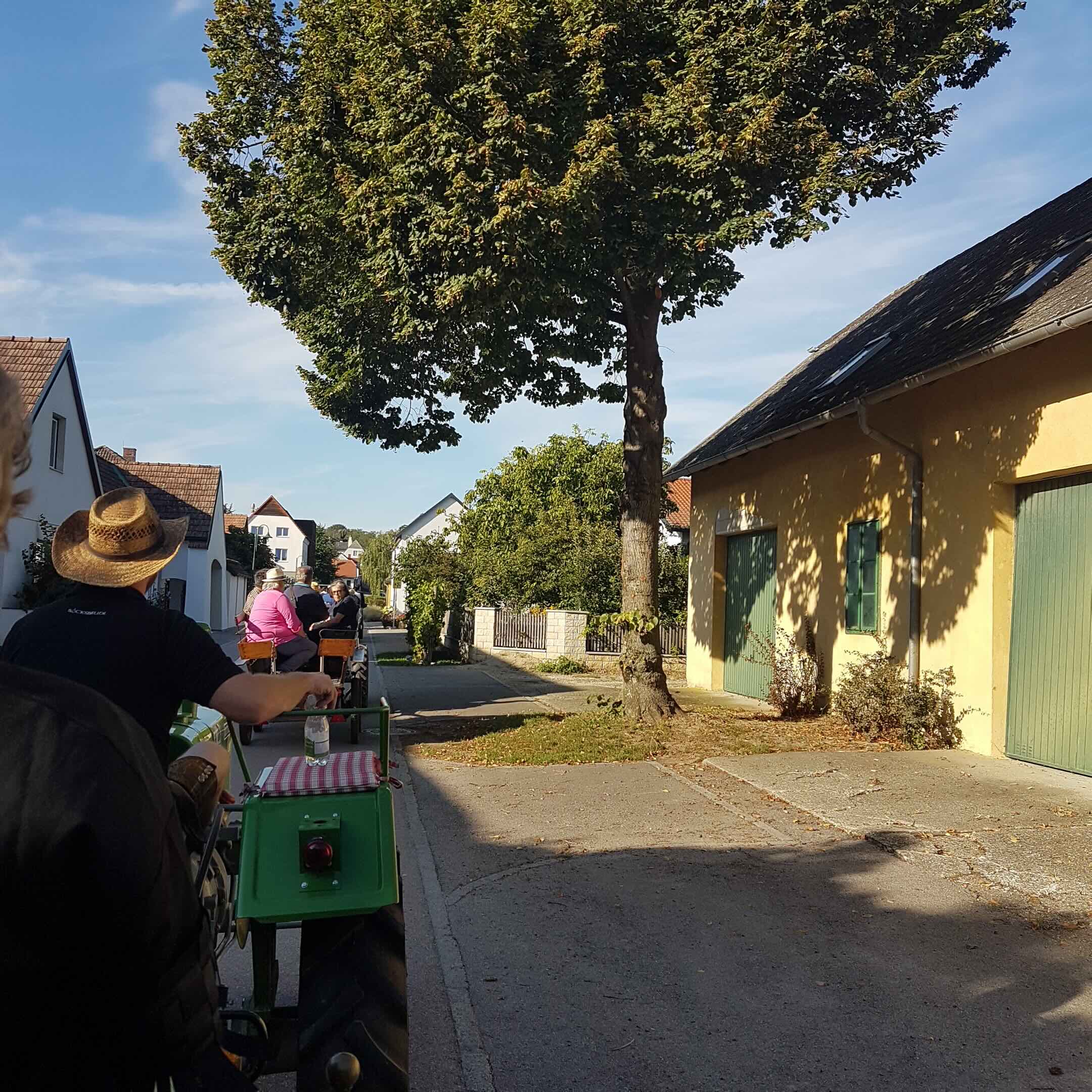
A wine cruise along the Danube
Now meander upstream along the Danube. Starting off in Carnuntum, try spicy Blaufränkisch from Ried Spitzerberg, juicy Zweigelt from Ried Heidacher and red blends from Ried Rosenberg. Get to grips with wines from the capital Vienna’s own vineyards and discover the local curiosity, field blend Wiener Gemischte Satz, as well as Riesling, Grüner Veltliner and Weissburgunder from iconic vineyard sites like Ried Preussen. Once past Vienna, vines are planted directly along the Danube and its tributaries. This is almost exclusively the kingdom of Grüner Veltliner and Riesling, except for in Wagram where the local diva Roter Veltliner is also cultivated. Try wines from three hills here – Steinberg, Rosenberg and Goldberg. Along the other three tributaries, discover wines from historic vineyards such as Reid Plentzengrabel and Rothenbart in Traisental, Pfaffenberg, Gottschelle and Kögl in Kremstal and Käferberg, Loiserberg and one of Austrian Riesling’s most iconic sites, Heiligenstein in Kamptal.
Producers to try:
- Carnuntum: Weingut Dorli Muhr, Weingut Artner, Weingut Philipp Grassl, Weingut Martin Netzl, Weingut Gerhard Markowitsch
- Wien: Weingut Wieninger, Weingut Hajszan Neumann, Weingut Christ, Weingut Fuhrgassl-Huber, Weingut Mayer am Pfarrplatz
- Traisental: Weingut Markus Huber, Weingut Tom Dockner, Weingut Ludwig Neumayer
- Wagram: Weingut Josef Fritz, Weingut Fritsch, Weingut Bernhard Ott, Weingut Leth, Weingut Josef Ehmoser
- Kremstal: Weingut Stift Göttweig, Weingut Salomon Undhof, Weingut Malat, Weingut Stadt Krems, Weingut Geyerhof
- Kamptal: Schloss Gobelsburg, Weingut Jurtschisch, Weingut Fred Loimer, Weingut Weszeli, Weingut Bründlmayer
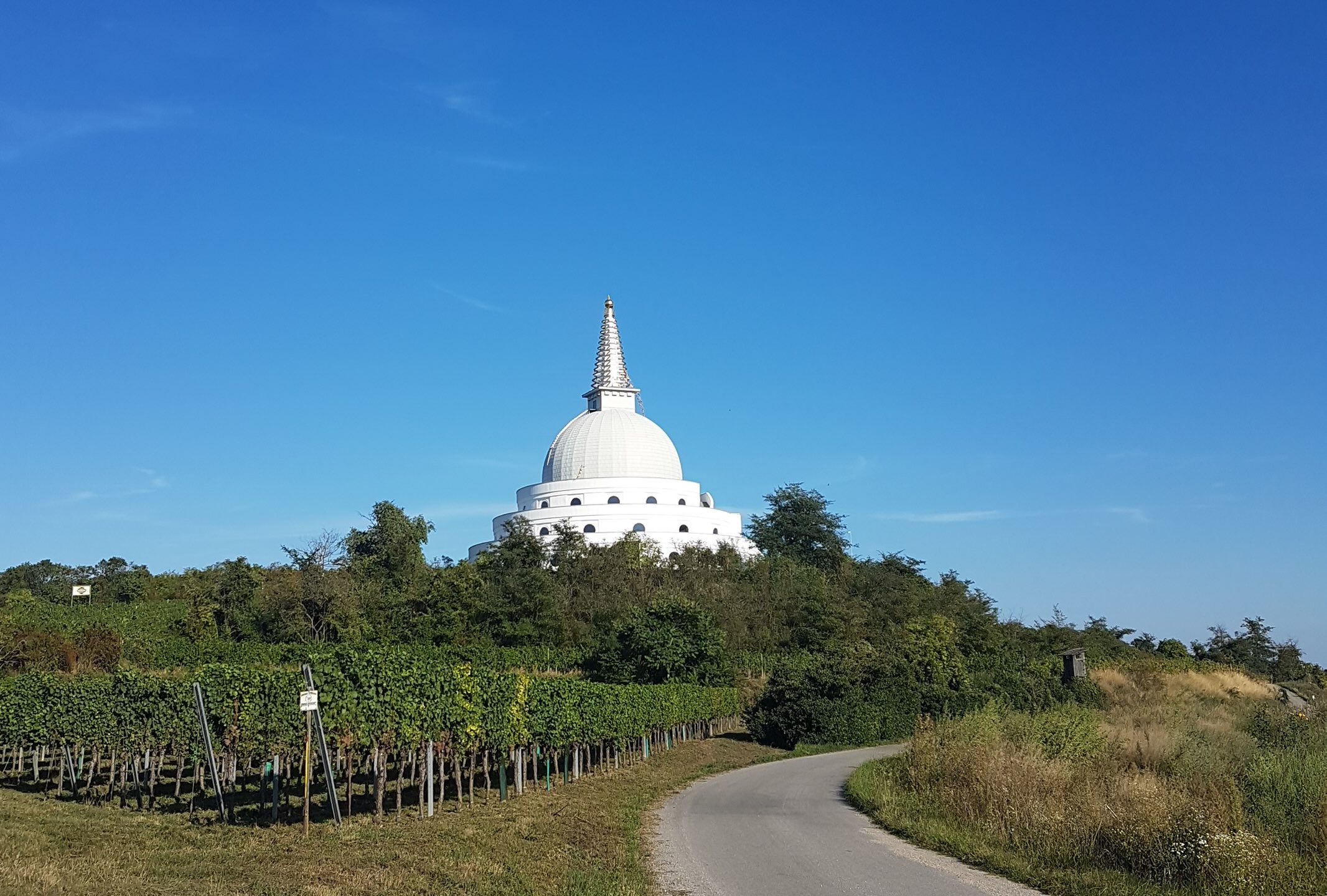
Enjoy the warmth of the Burgenland
In the warmer Burgenland to the east of Vienna, sate yourself with intense, spicy Blaufränkisch from Eisenberg’s iron-rich soils, making sure to try wines from Ried Ratschen, Szapary and Weinberg. While on the balmy limestone and slate Leithaberg slopes close to Neusiedliersee, taste a lighter style of Blaufränkisch from Ried Mariental and unique styles of whites from Chardonnay, Neuburger, Weissburgunder and Grüner Veltliner from, for example, Ried Himmelreich.
Producers to try:
- Eisenstadt: Thom Wachter, Wachter-Wiesler, Krutzler, Groszer Wein, Kopfensteiner
- Leithaberg: Prieler, Erwin Tinhof, A & H Nittnaus, Toni Hartl, Birgit Braunstein
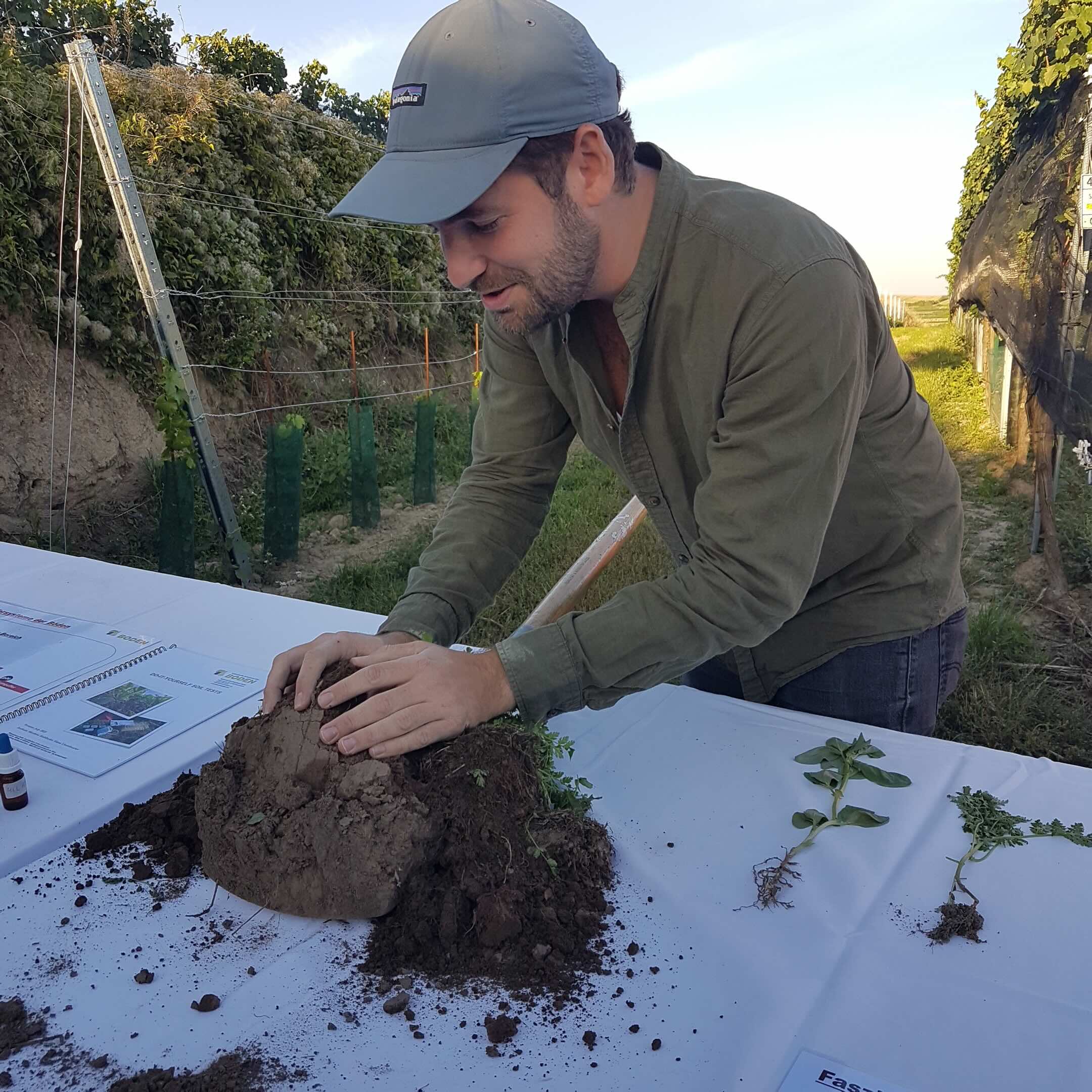
Take in the views of steep terraced vineyards in Wachau
Finally, on a terrace with spectacular vines over the Danube, sample the Vinea Wachau Riesling and Grüner Veltliner Smaragd and Federspiel wines from outstanding vineyards such as Achtleiten, Kellerberg and Loibenberg, and think yourself blessed that you have had the chance to taste such wonderful wines on this magical tour of Austrian wine.
Producers to try: Prager, Domäne Wachau, Knoll, Rudi Pichler, Alzinger
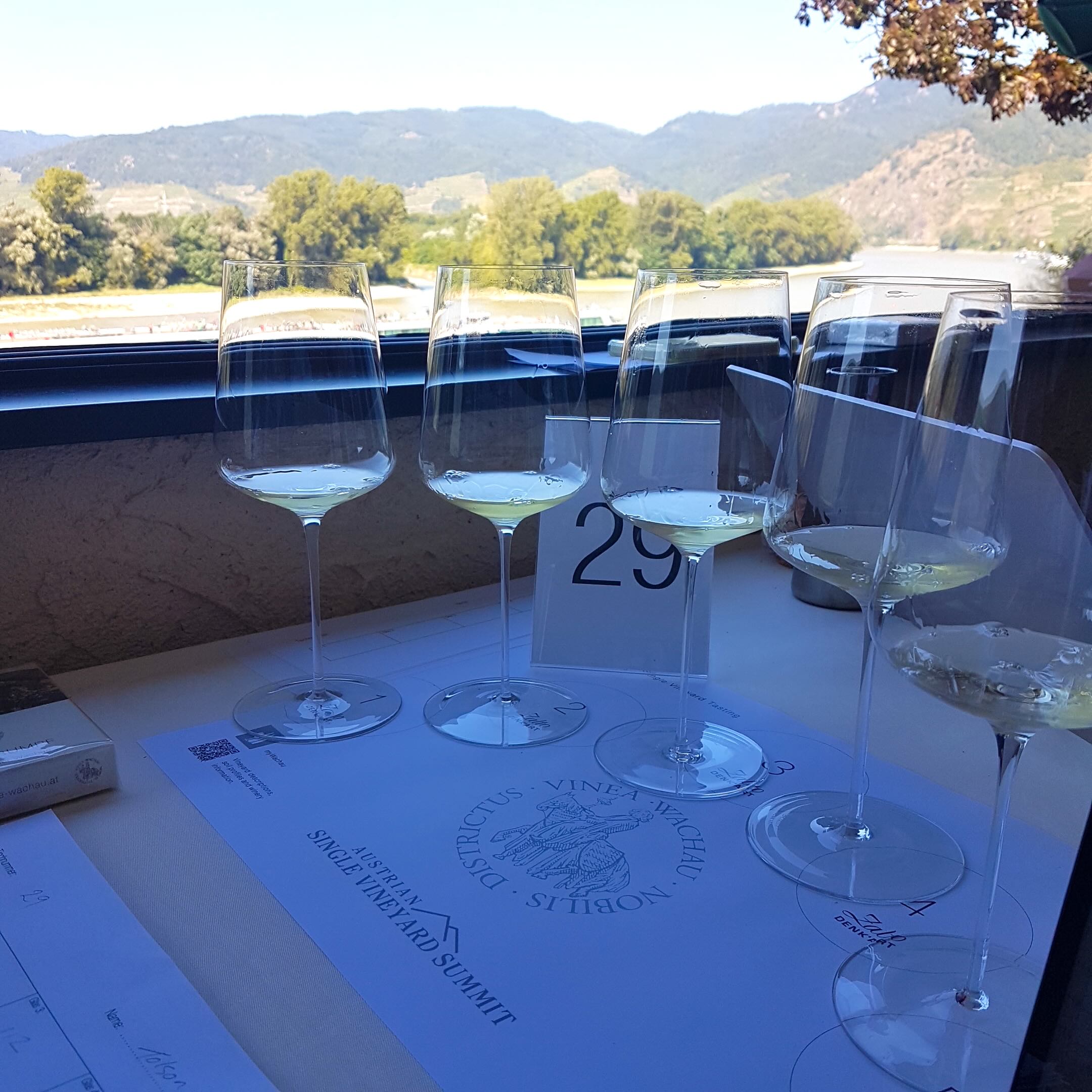
Disclaimer! There were so many excellent wines scoring about 90 points that it was difficult to limit which producers to try. I could easily have listed more for each region, so these suggestions are by no means exhaustive! I chose to limit myself to five (or three in the case of Traisental – as there were only three!) producers whose wines consistently scored among the best in the region in my tasting notes.
Vineyard classification now enshrined in law
This year, Austrian Wine had various things to celebrate at the Grafenegg and Vinea Wachau tastings. Firstly, the completion of the DAC system, which has been turned from a patchwork quilt into a blanket with the inclusion of the Thermenregion. The next step, says Austrian Wine CEO Chris Yorke, is the official classification of the vineyards, which was signed into law earlier this year. This is optional and can only be undertaken in regions with DAC status and a 3-tier system. Michael Moosbrugger, President of the ÖTW, who has been instrumental in progressing the case for vineyard classification in Austria, points out that this next step will be difficult, as it will also require some degree of harmonisation of the DAC system, as up till now, each region has effectively gone their own way, each with its own system. Some regions have a two-tier system, some have a three-tier one, some have Classic and Reserve styles, while others add an extra Grosse Reserve style, and some regions limit the range of varieties much more strictly than others. Let’s not even get into the complication of Wachau’s Steinfeder, Federspiel and Smaragd… This makes it very complicated to explain Austria’s DAC rules.
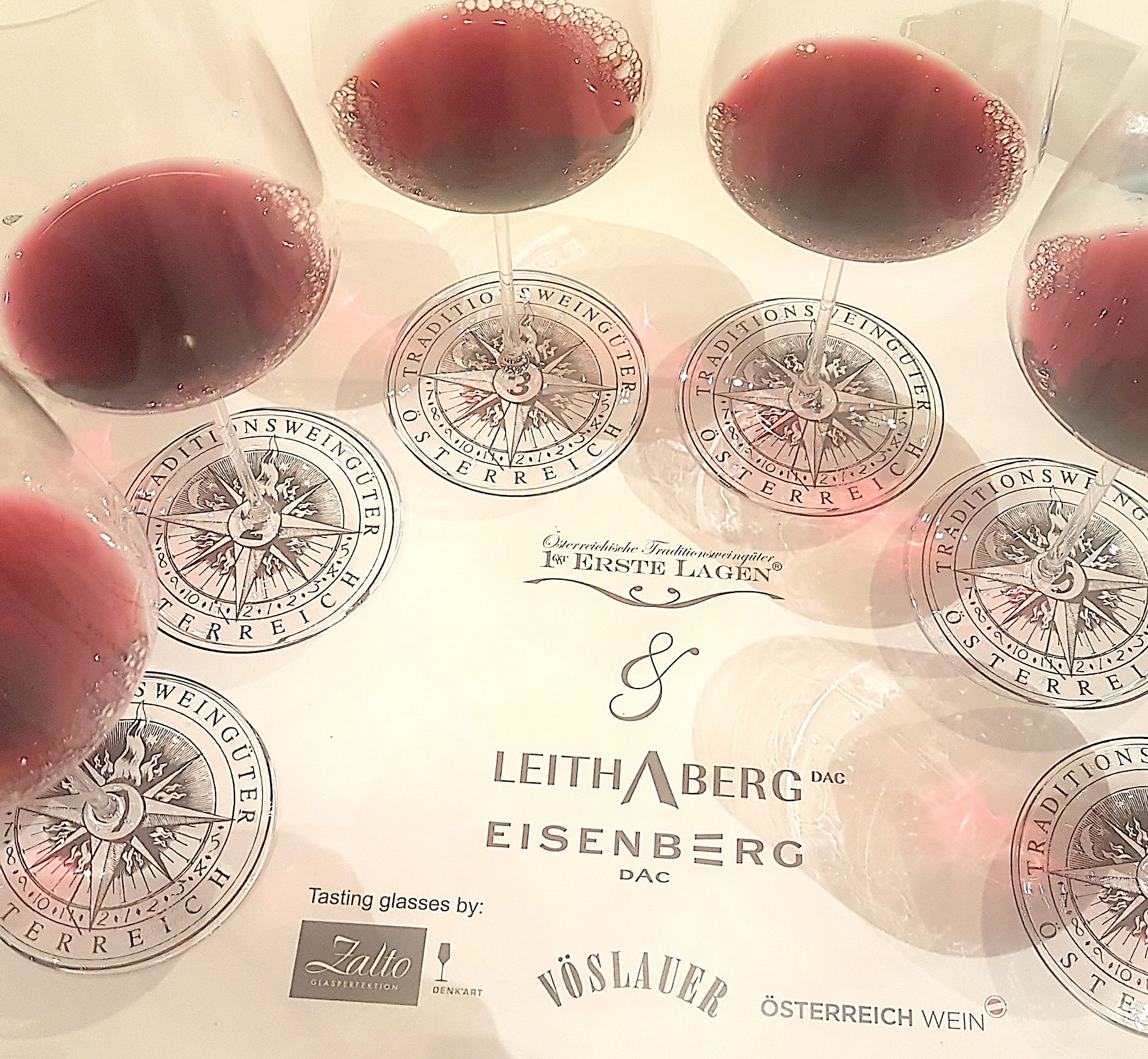
The next steps
Such an official classification is a big step for Austria and the ÖTW, as it is the first time Austria has had a legal vineyard classification. Thus, Micheal points out, all eyes will be on Austria as they implement it. Transparency and credibility will be crucial for it to succeed, and of course, its success will be directly linked to the image of Austrian wine. Regions will first have to apply to the National Wine Committee. Classification will be undertaken and Erste Lage status confirmed based on numerous criteria similar to those used thus far by the ÖTW and STK, including low maximum yields and hand harvesting. Grosse Lage classification can then be applied for after a further five years. Kamptal and Kremstal have already submitted their applications. So, all being well, following evaluation, the first legal Erste Lage wines may be produced in the 2024 or 2025 vintage, according to Michael. A soft transition between the classifications of ÖTW and STK has been agreed, meaning that once the legal classification comes into force in a region, the private one will end, thus ÖTW Erste Lage will become Kamptal Erste Lage and so on.
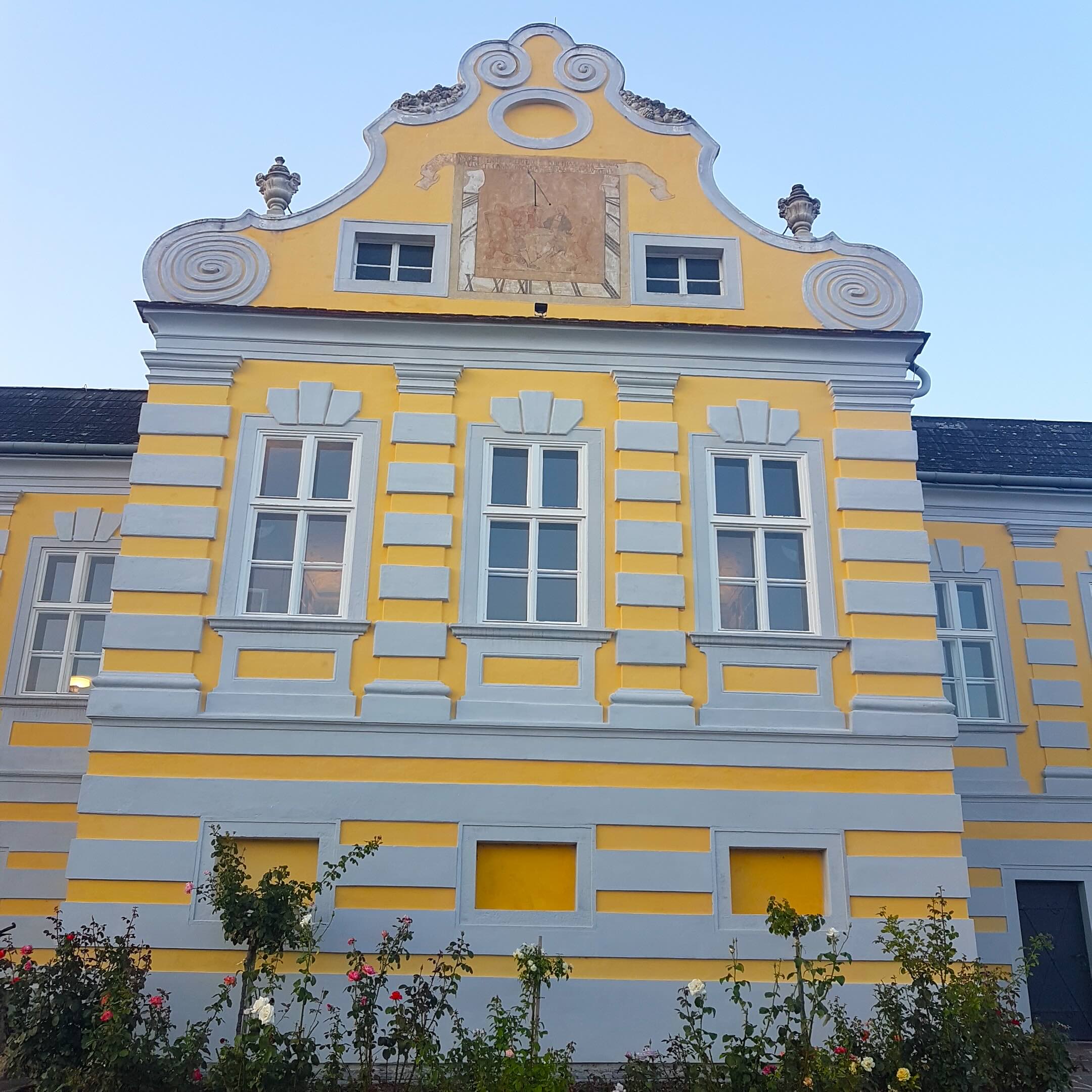
What does the future hold for the ÖTW?
Now that one of the ÖTW’s big goals – vineyard classification - has been achieved, its work is still not done. It will now pursue the goal of making the DAC system easy to understand. Like a kind of Robin Hood or the three Muskateers, says Michael, it is working for the common good, rather than to create an elite. The Weinviertel – nowadays often considered underdeveloped, but actually more highly rated than Wachau in the 19th century - will be brought into the fold next year. So maybe next year, we will be including them on our single-vineyard tour at Grafenegg. Talks will continue with the STK about collaborating more closely and perhaps including them in ÖTW too, while the association also aims to bring those origin-focused producers in the Burgenland into the movement.
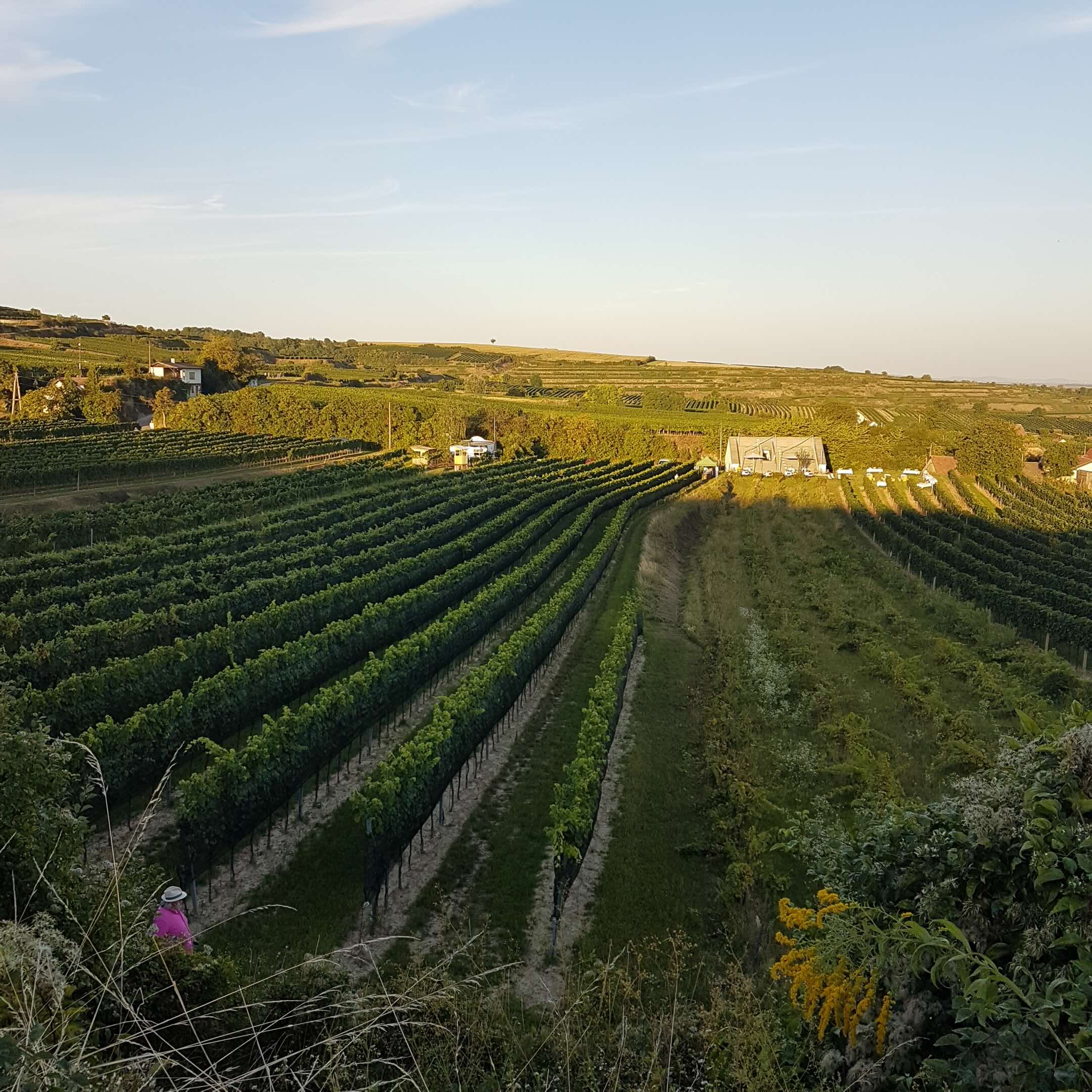
Into the vineyards
No single vineyard summit is complete without its evening programme, including a vineyard walk. This year’s vineyard walk followed a tractor-drawn carriage ride through verdant Wagram vineyards, past the Peace Stupa (incidentally initiated by the same Buddhist monk who had the Stupa in Zalaszanto in Hungary built) ending up at the Spiegel vineyard to meet the seven ÖTW Wagram producers and of course to sample yet more wine, including some fizz. Following a walk down through the vineyards, learning some more about loess and Danube gravel along the way, we enjoyed further wines at Weingut Bernhard Ott, including an out-of-DAC Pinot Noir vertical trio from Weingut Fritsch and, of course, some Roter Veltliner from Weinguts Josef Fritz and Familie Schuster, accompanied by top-class catering from renowned Austrian chef Toni Mörwald.
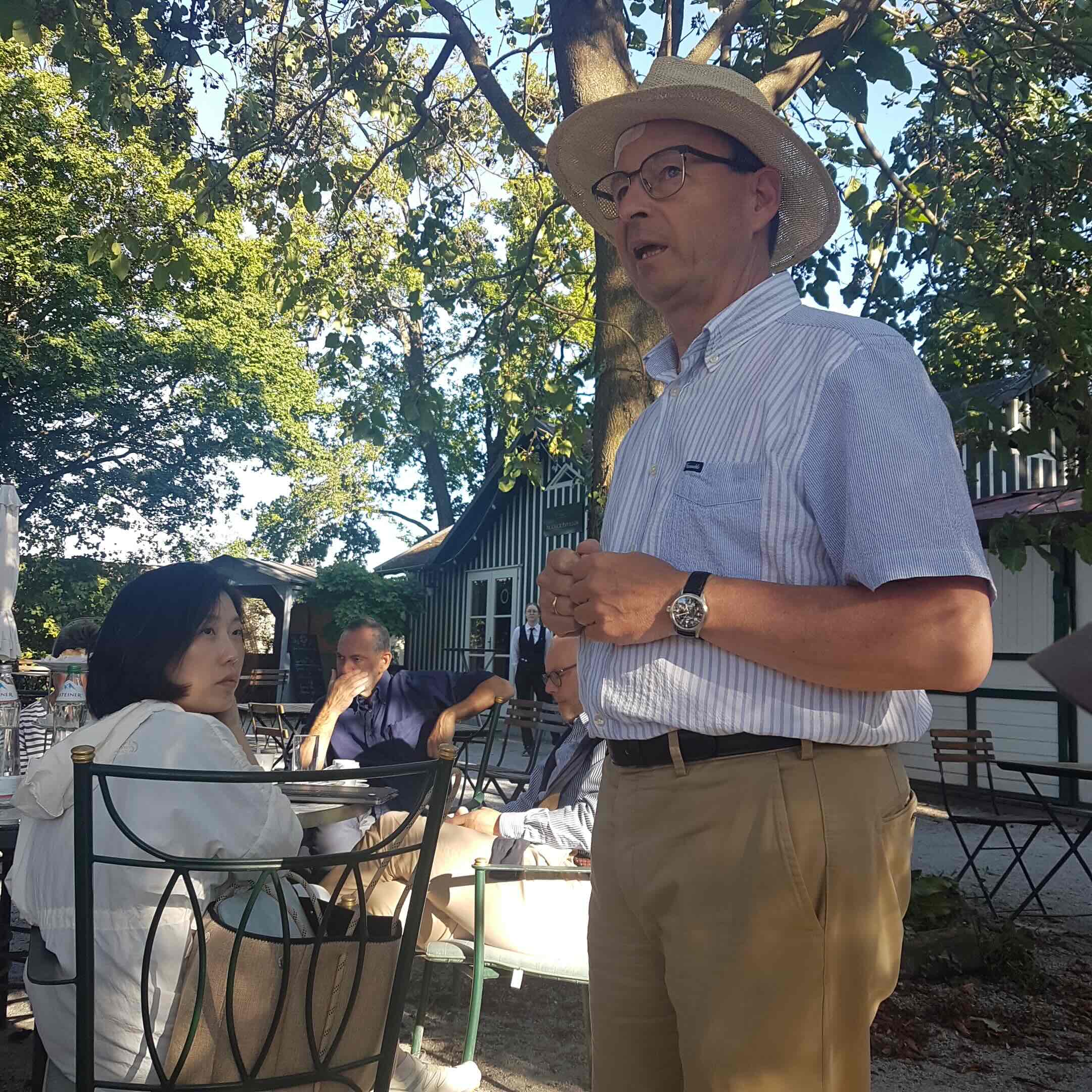
Austrian-Asian fusion
Guest regions Styria and Leithaberg hosted us on two evenings at an amazing local restaurant in the village of Hadersdorf. The chefs at Esslokal have created delicious Asian-Austrian fusion and our two visits afforded us such treats as black cod with porcini, vin jaune and bellota ham, duck with caramel, chicory and Jerusalem artichoke, Hiramasa kingfish ceviche with smashed cucumber and lime and gyoza with yuzu, benito and kohlrabi. I’m salivating in memory as I write this…
The Styrian winemakers remind us of their slogan ‘Life’s hard in the mountains’ as part of a tasting aiming to show the potential and versatility of flagship Sauvignon Blanc from the region, with groups of wines going back to 2006. Despite challenging conditions in their region, with one winemaker pointing out (I forget who) that ‘there is no crappier region in which to grow wine than Styria!’, 50% of producers here manage to be organic – quite an achievement! Distinct from ÖTW, STK winemakers created their codex in 2006 and began their task of vineyard classification to give greater focus to individual vineyards.
The Leithaberg winemakers also introduced their association founded by 14 wineries in the warmest part of Austria, on the shore of shallow Neusiedlersee. Along with the delicious food, we enjoyed Weissburgunder, Neuburger, Grüner Veltliner, Chardonnay and Blaufränkisch from schist and limestone soils in an entirely different climate to that of mountain-viticulture Styria.
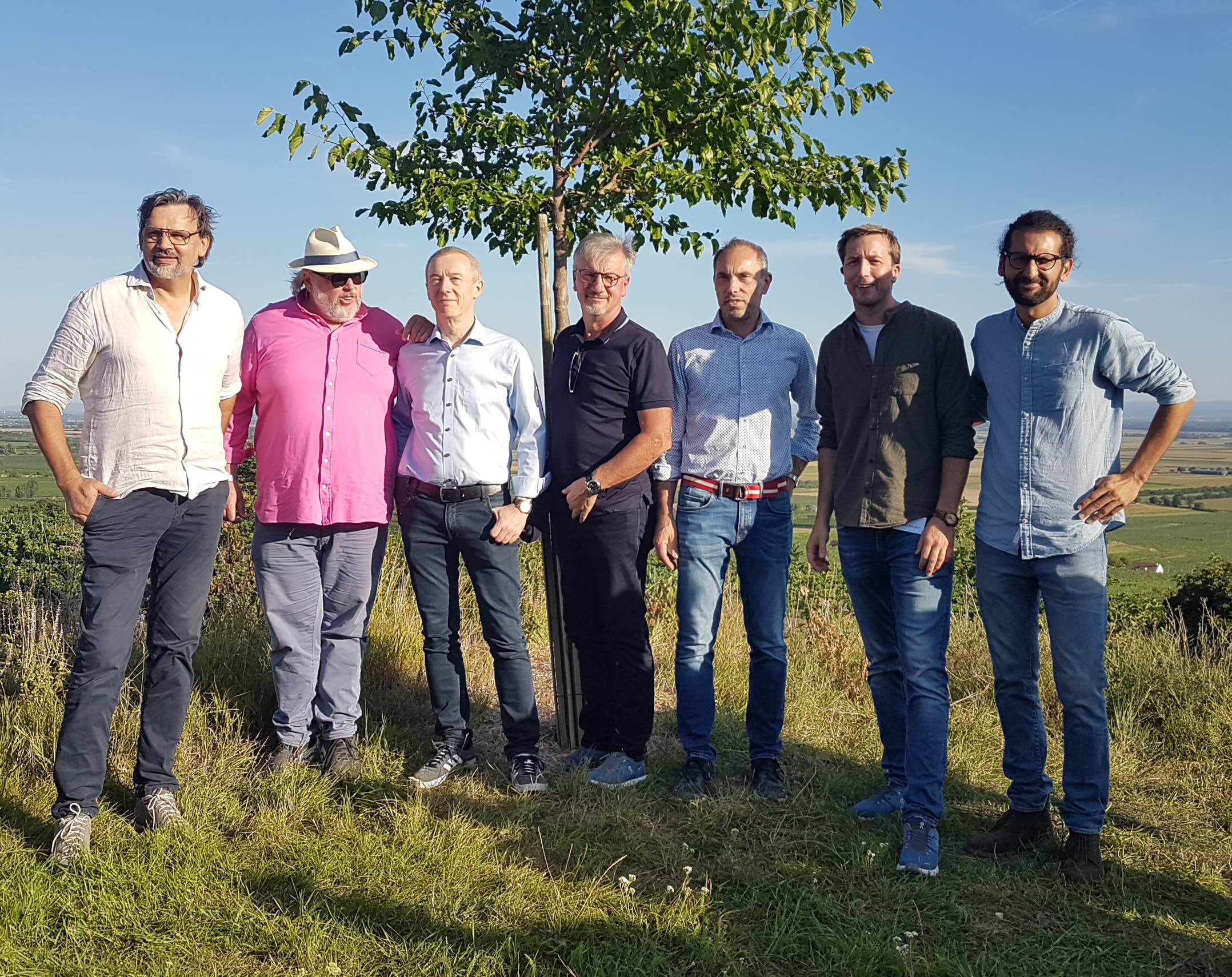
Baroque splendour
Domäne Wachau hosted Vinea Wachau winemakers and journalists at their stunning 300-year-old Baroque Kellerschlössel on Kellerberg in Dürnstein. Their famed barbecue churned out basket after basket of Käsekrainer (typical Austrian sausage filled with small pieces of cheese) accompanied by local beer and wines. Then, we were invited inside to enjoy Austrian classics Schinkenfleckerl and Krautfleckerl (ham and cabbage pasta, respectively) with cucumber salad in a beautiful panelled and frescoed room. The icing on the cake was an amazing array of older vintages of Wachau wines chosen by the producers, which rotated rapidly from table to table. There was little time to rest on your laurels, as blink and you might miss something exciting, for example Domäne Wachau Kellerberg Riesling Smaragd 2015 or Achtleiten 2016.
I feel like I can never get enough of Austria and its terroir wines: each new visit is a journey of discovery. So, as fellow Austrian Arnold Schwarzenegger once said, “I’ll be back!”



